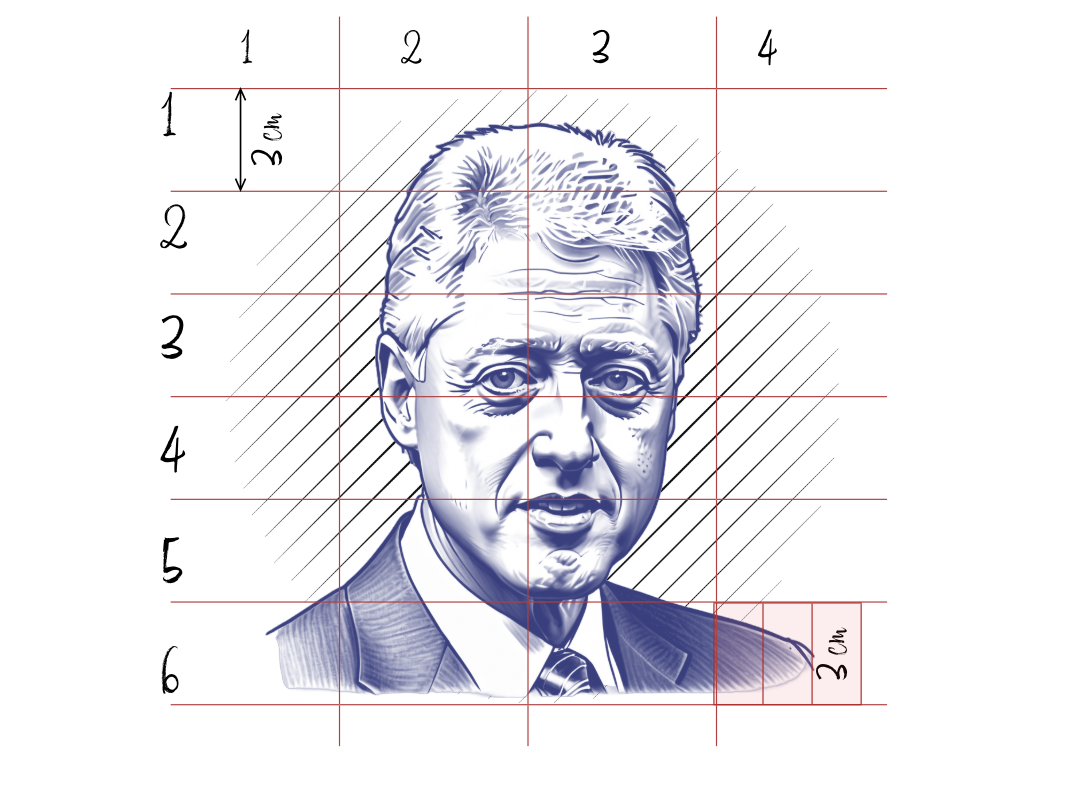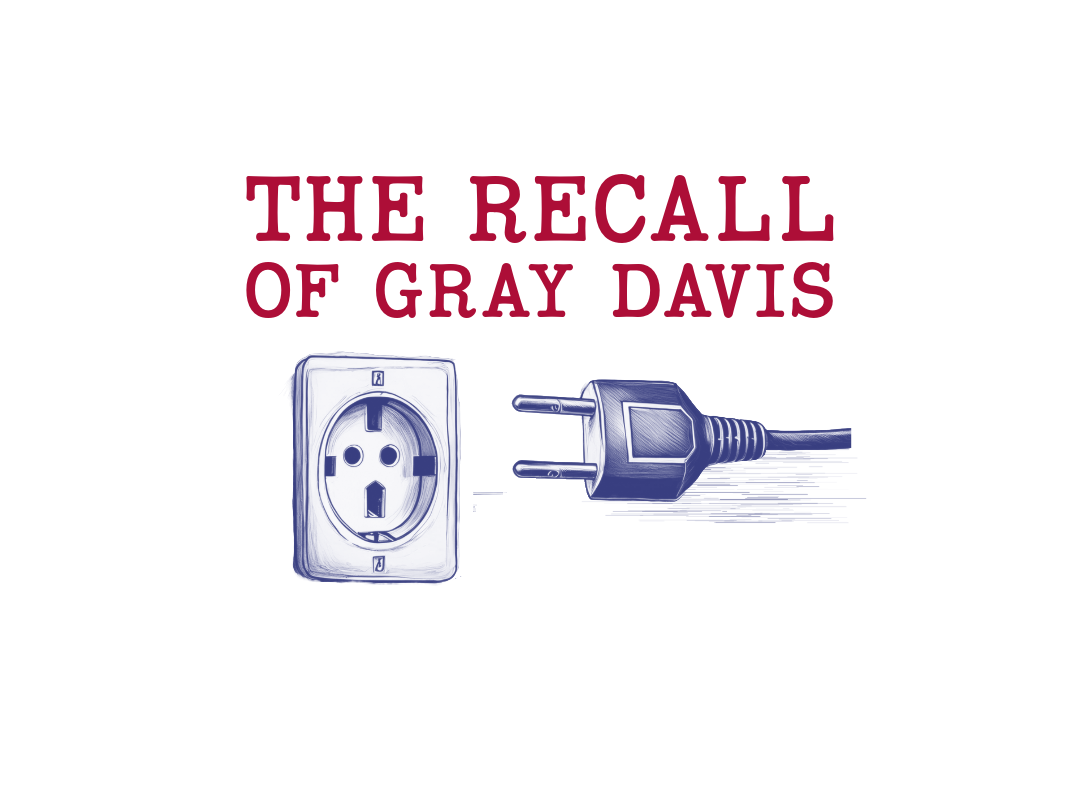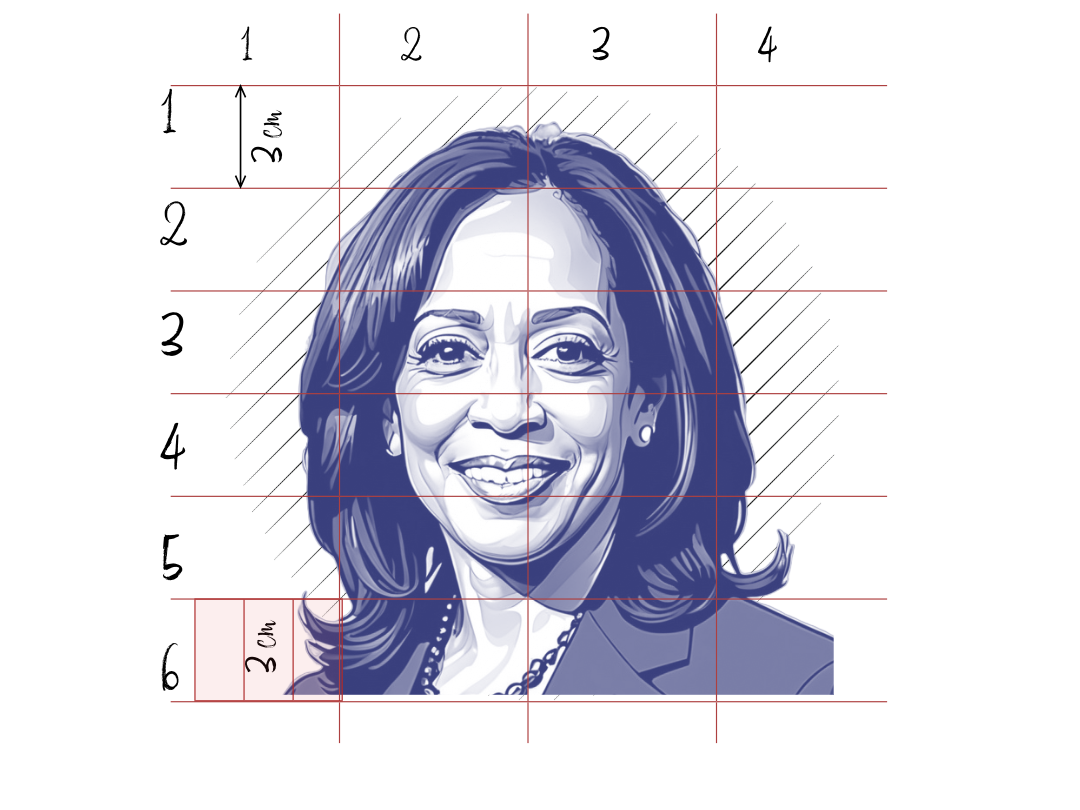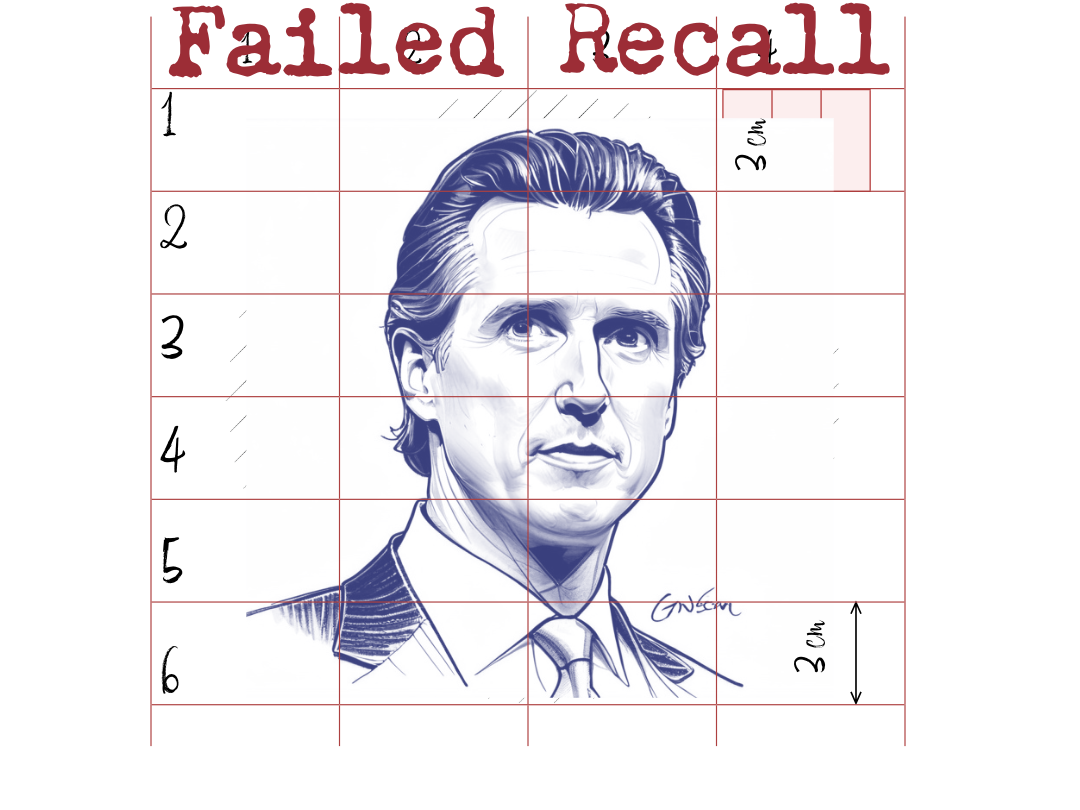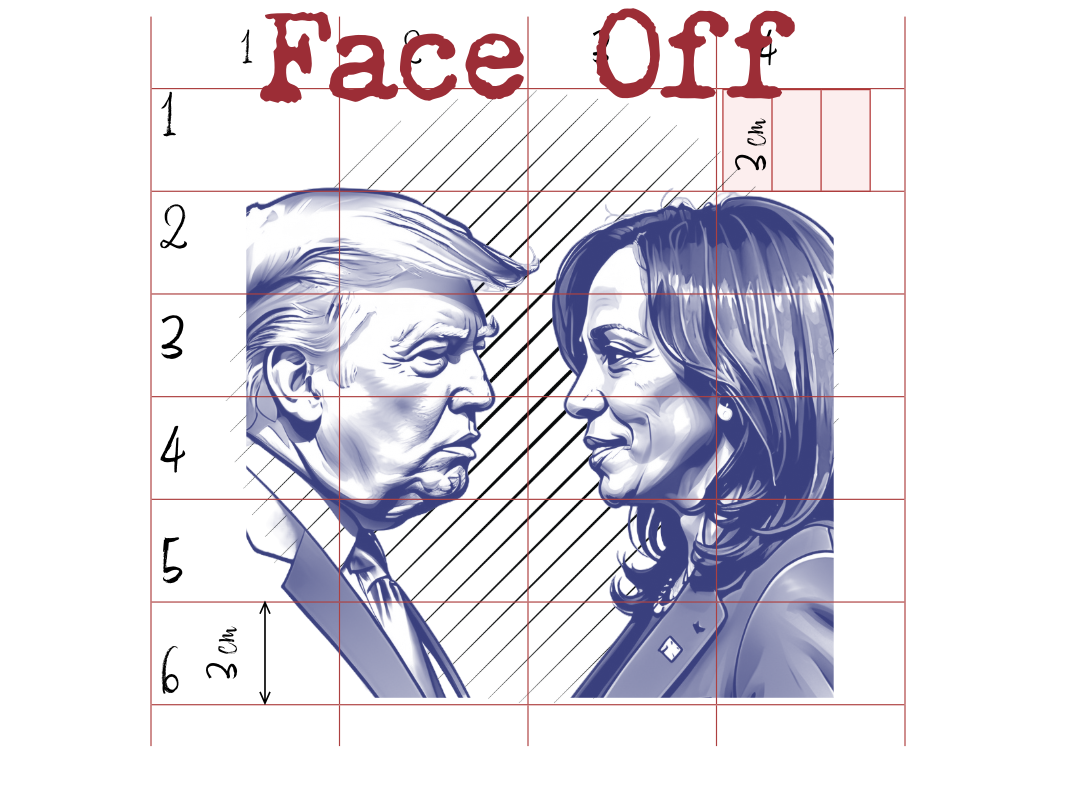Is USA TODAY Playing Favorites?
A Dive into How Trump and Harris Are Portrayed
November 7, 2024
Analyzed are two USA TODAY articles on Donald Trump and Kamala Harris, diving into language, tone, framing, and context to uncover any hidden bias in their high-profile coverage.
Unpacking Media Nuance: A Side-by-Side Look at USA Today's Coverage of Trump and Harris"
In today's media landscape, subtle shifts in language and framing can significantly influence public perception of political figures. We conducted a detailed comparison of two recent USA TODAY articles, one featuring former President Donald Trump and the other highlighting Vice President Kamala Harris. Each article covered high-profile interviews and provided a compelling lens into each figure's personal and political life. By analyzing differences in language, tone, framing, and the surrounding context, I sought to uncover any potential bias in portrayal and identify how media subtleties shape audience interpretations.
Language and Tone: Nuances in Word Choice and Phrasing
Language can steer readers’ emotions and opinions, even when reporting on seemingly objective facts. In both articles, I carefully examined the words and phrases used to describe Trump and Harris, paying attention to whether the language was neutral, supportive, or critical. For instance, in the Trump article, terms like "embattled" and "defiant" recurred, creating an atmosphere of conflict and controversy. Meanwhile, the Harris article employed more positive language, often highlighting her "trailblazing" background and "dedication" to public service. Such word choices may lead readers to form subconscious biases—Trump as a polarizing figure and Harris as a resilient leader—even before the details of their interviews are fully presented.
Furthermore, tone plays an integral role in shaping the reader’s emotional response. The tone in Trump’s article was generally brisk and often edged with skepticism, underscoring his contentious history and policy stances. In contrast, Harris’s piece conveyed a more empathetic tone, focusing on her challenges and triumphs in a way that fostered a sense of relatability and personal resolve. This disparity in tone suggests an implicit difference in how each public figure’s character is framed, inviting readers to engage with one through scrutiny and the other through understanding.
Framing and Context: Setting the Scene with Differing Lenses
Beyond language, the articles diverge in how they frame each figure’s interview, particularly in terms of the background context provided. Trump’s article delves deeply into controversies surrounding his recent statements and past political maneuvers, framing him within a legacy of divisive moments. The framing implies a need for accountability and questions his motives, which could influence readers to view him more critically. Harris’s article, on the other hand, contextualizes her efforts in office against the backdrop of her groundbreaking role as the first woman of color to serve as Vice President. This framing focuses less on criticism and more on her accomplishments and aspirations, subtly casting her in a forward-looking and optimistic light.
The level of context provided for each figure also varies. Trump’s piece frequently references his prior controversies, from his 2020 election rhetoric to his legal battles, shaping the narrative around issues that demand explanation or defense. Conversely, Harris’s coverage situates her within ongoing policy discussions, such as immigration reform and social justice, aligning her image with current and future national priorities rather than focusing on past criticisms or challenges. This choice of context can lead readers to view Harris’s political trajectory as one of progress and ambition, while Trump’s is portrayed as one entangled in controversy and unresolved conflict.
Depth of Analysis: A Closer Look at Media Representation
By analyzing these two portrayals, it becomes clear how media coverage—intentionally or not—guides the audience’s perceptions through selective emphasis. By focusing on Trump’s past controversies and Harris’s current goals, USA TODAY crafts a narrative that could subtly steer public opinion. Trump appears as a figure needing to answer for past actions, while Harris is positioned as a leader on a journey, working toward positive change. These depictions may align with larger media narratives that resonate with—or challenge—reader expectations, depending on their preexisting views.
Key Takeaways: How Media Framing Influences Public Perception
The comparison reveals that even within standard news reporting, subtle language and framing can significantly impact how readers perceive public figures. Trump’s portrayal, with its focus on accountability and past conflicts, could encourage readers to view him through a lens of skepticism. Harris’s article, with its forward-looking language and tone of empathy, invites readers to see her as a leader navigating the challenges of her historic role.
By evaluating these two articles side-by-side, we observe how journalistic choices may frame one figure in a more challenging light while casting another in a more supportive narrative. This analysis not only illustrates the power of media framing but also underscores the importance of critically examining how media coverage can subtly shape public opinion and understanding of prominent leaders. Through careful attention to word choice, tone, and context, readers gain insight into the nuances of media representation and can better discern how narratives are constructed.
___________________________________________________________________________
Copyright Notice & Intellectual Property Rights
This article is the intellectual property of Vesselina Davenport and is protected under copyright law. All content, including text, analysis, and multimedia in this article, is owned by the author unless otherwise stated. Unauthorized reproduction, distribution, or transmission of any part of this article is prohibited without prior written permission from the author, except where allowed for non-commercial purposes under fair use provisions.
Citations and Sources
This article includes references to publicly available information, such as articles from USA TODAY, to provide analysis and comparison. All external sources referenced have been properly cited, and full citations are available for verification. If you wish to cite this article, please credit the original author and link back to the full content.
Fair Use Disclaimer
Any quotes, excerpts, or third-party materials used in this article are presented for educational and informational purposes under the fair use doctrine. All third-party content remains the property of its respective copyright holders.
Permission for Reuse
You are welcome to share or quote portions of this article provided you give appropriate credit to the author and include a link to the original article. Commercial use or any alterations of the content require prior written consent from the author.
Article Updates
This article is subject to periodic revisions. If updates or changes are made to the content, the updated version will be reflected on this page. Please check back regularly for the most current information.
All Rights Reserved | Vesselina Davenport | 2024


